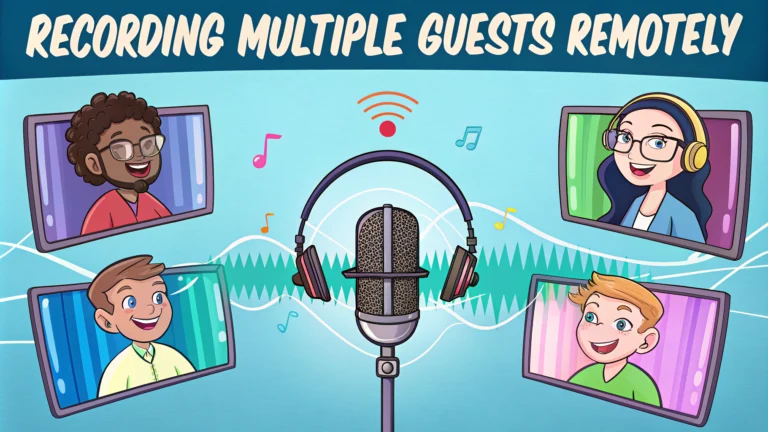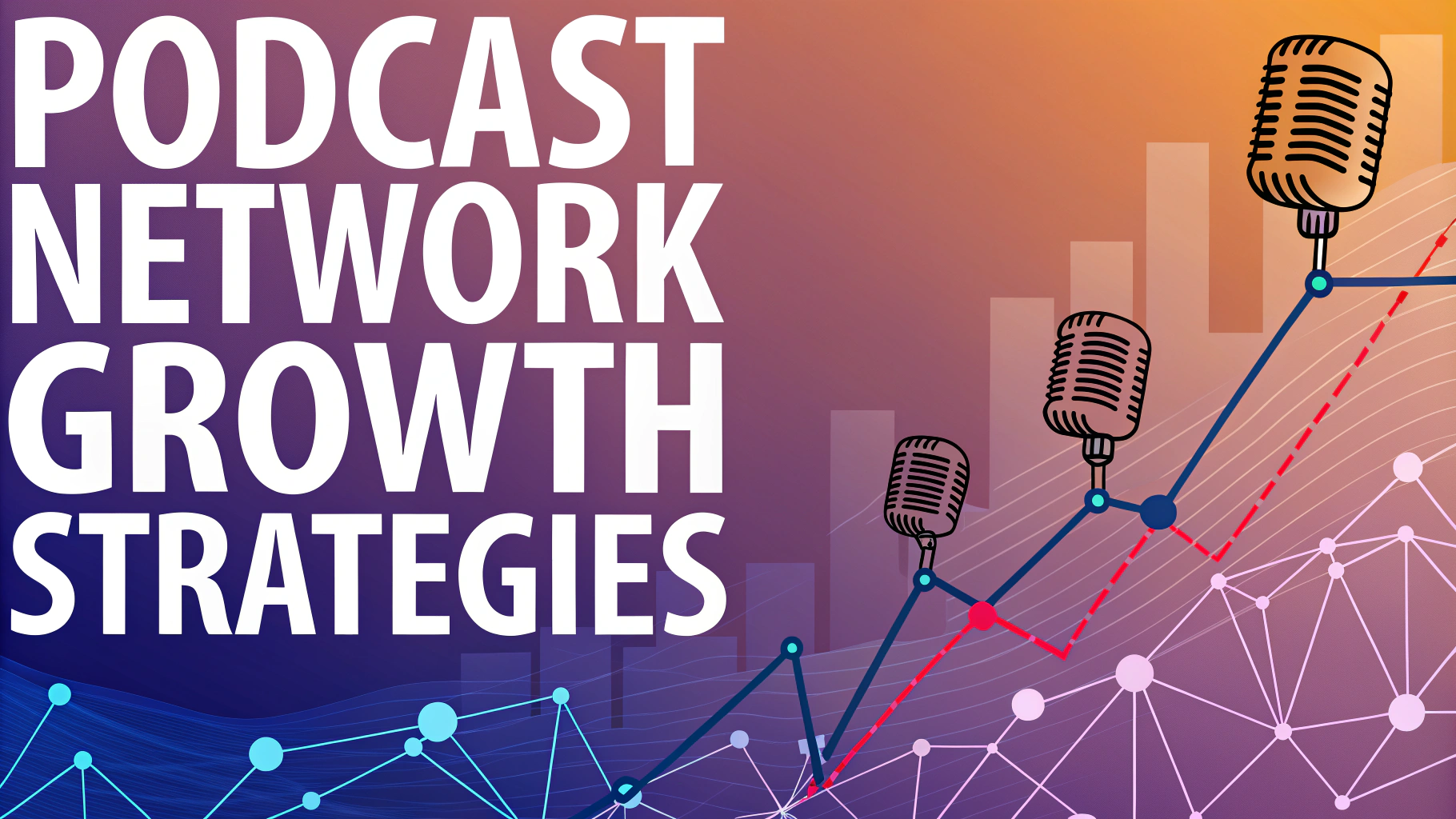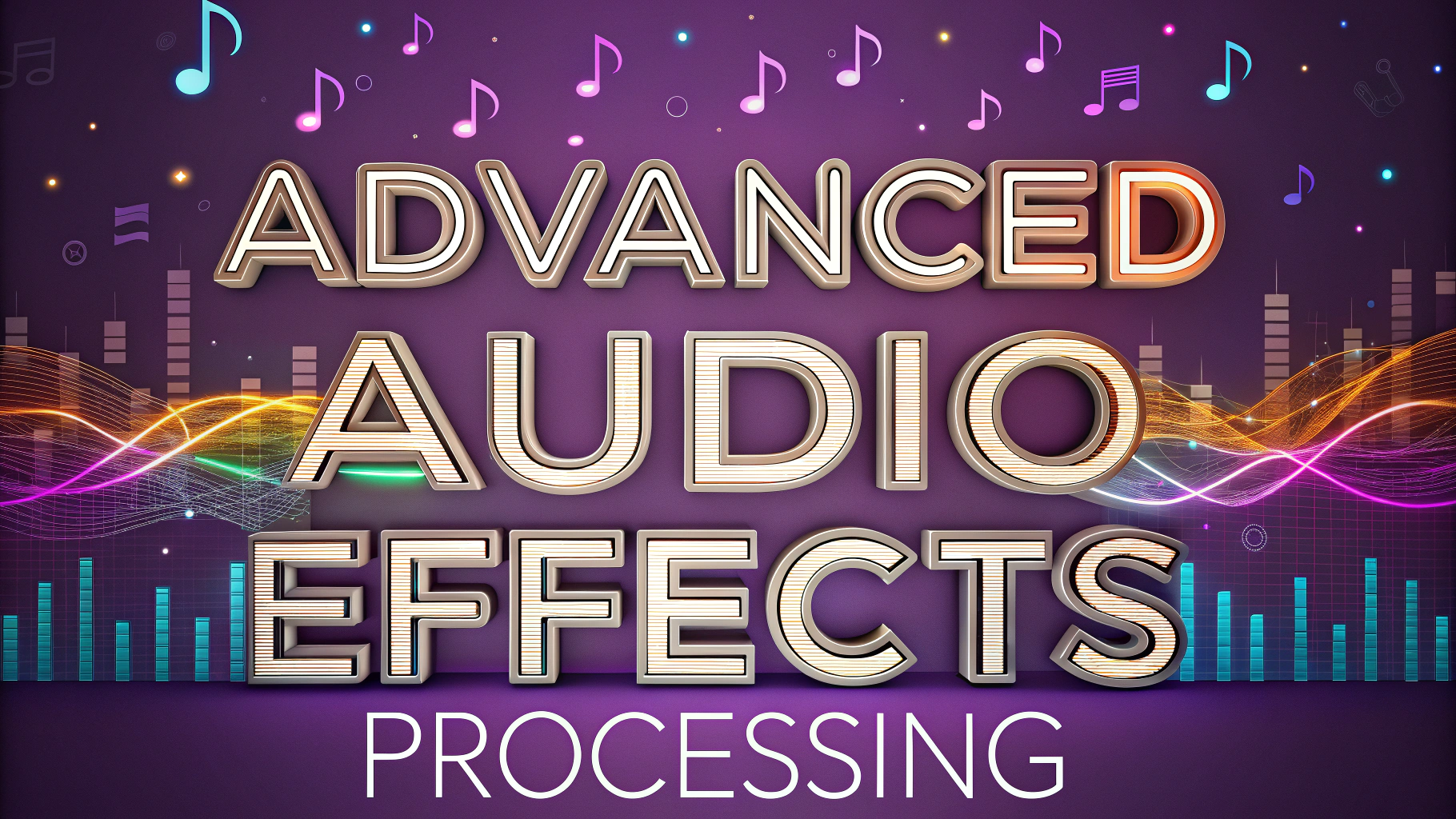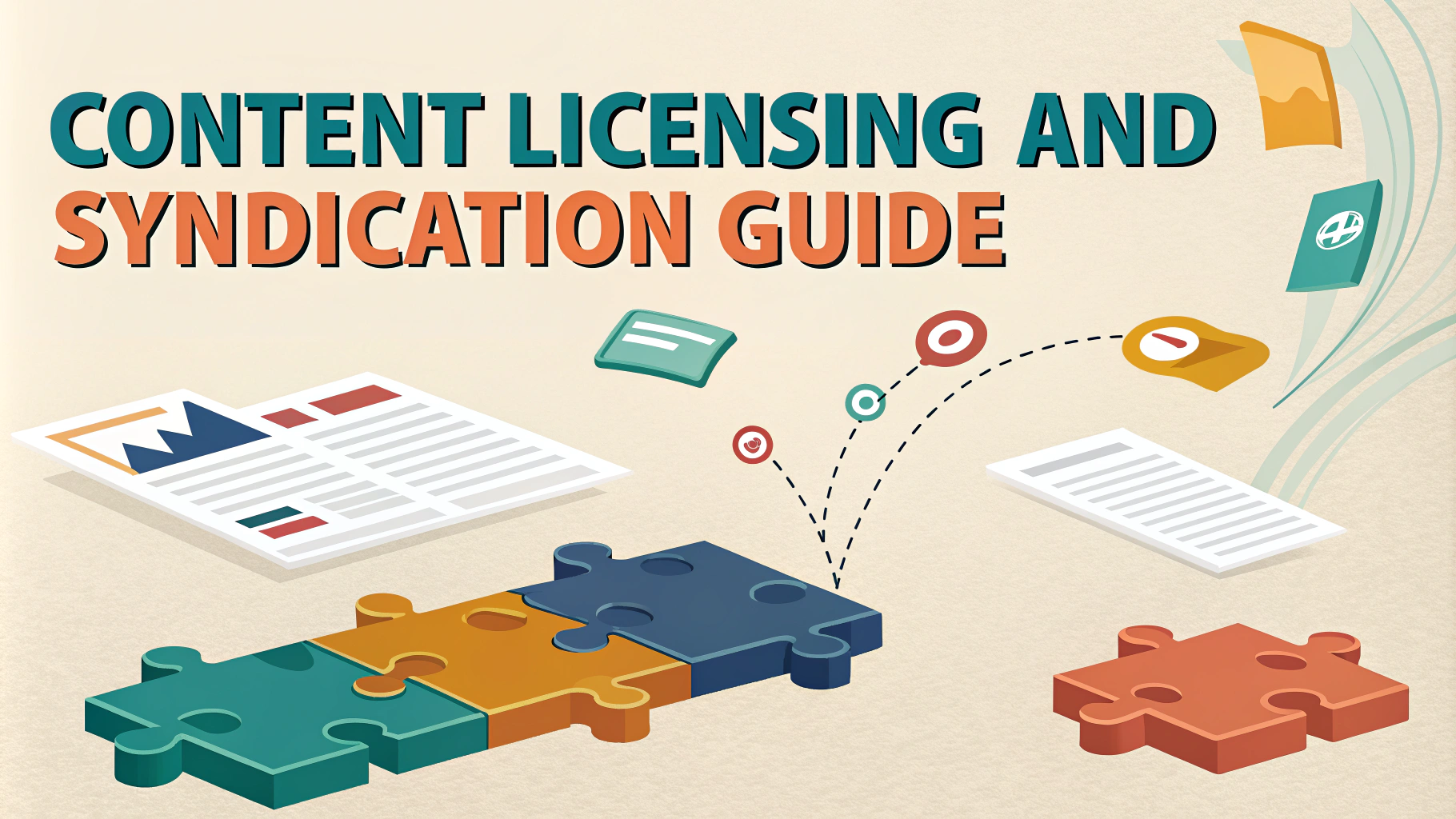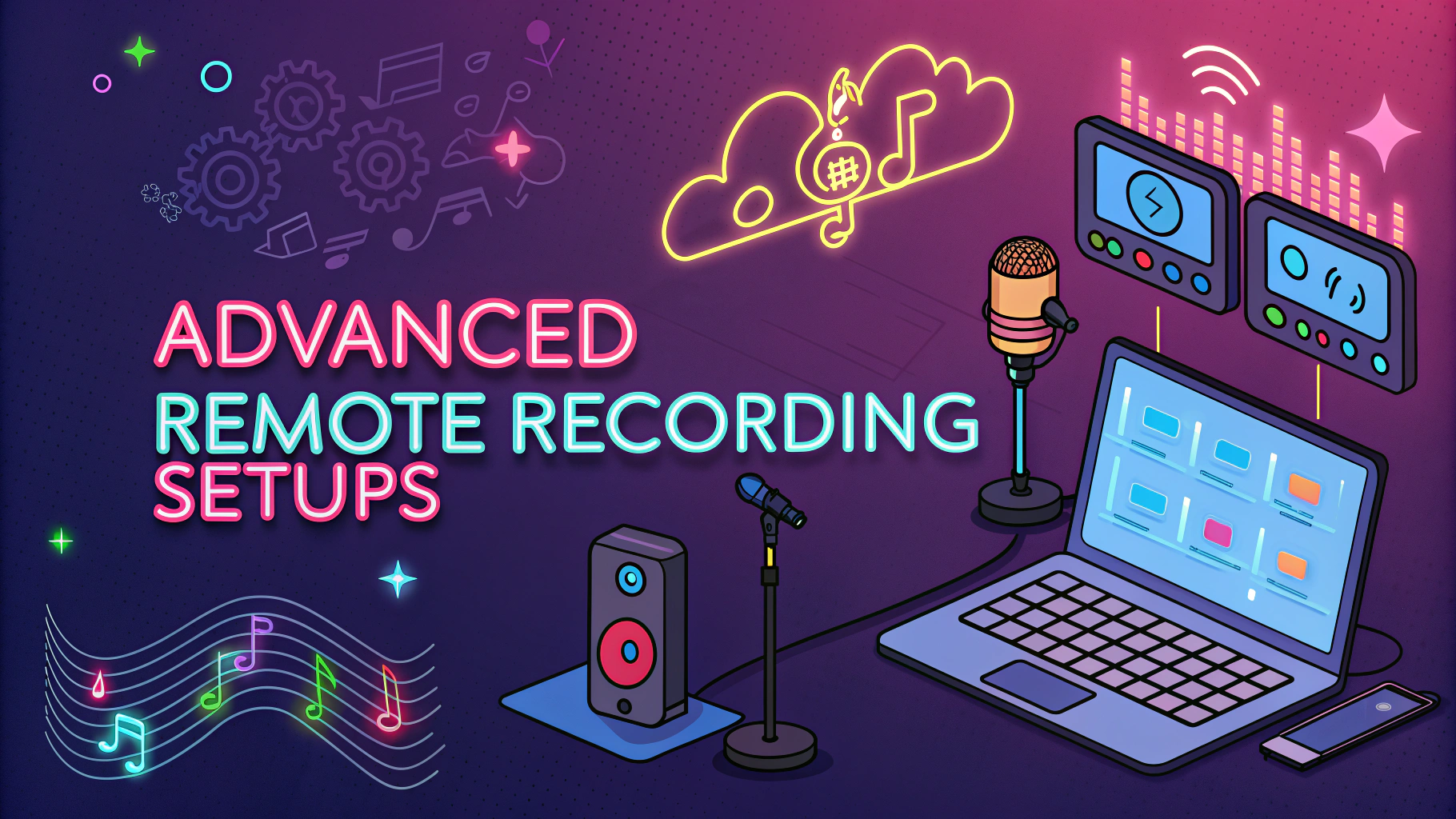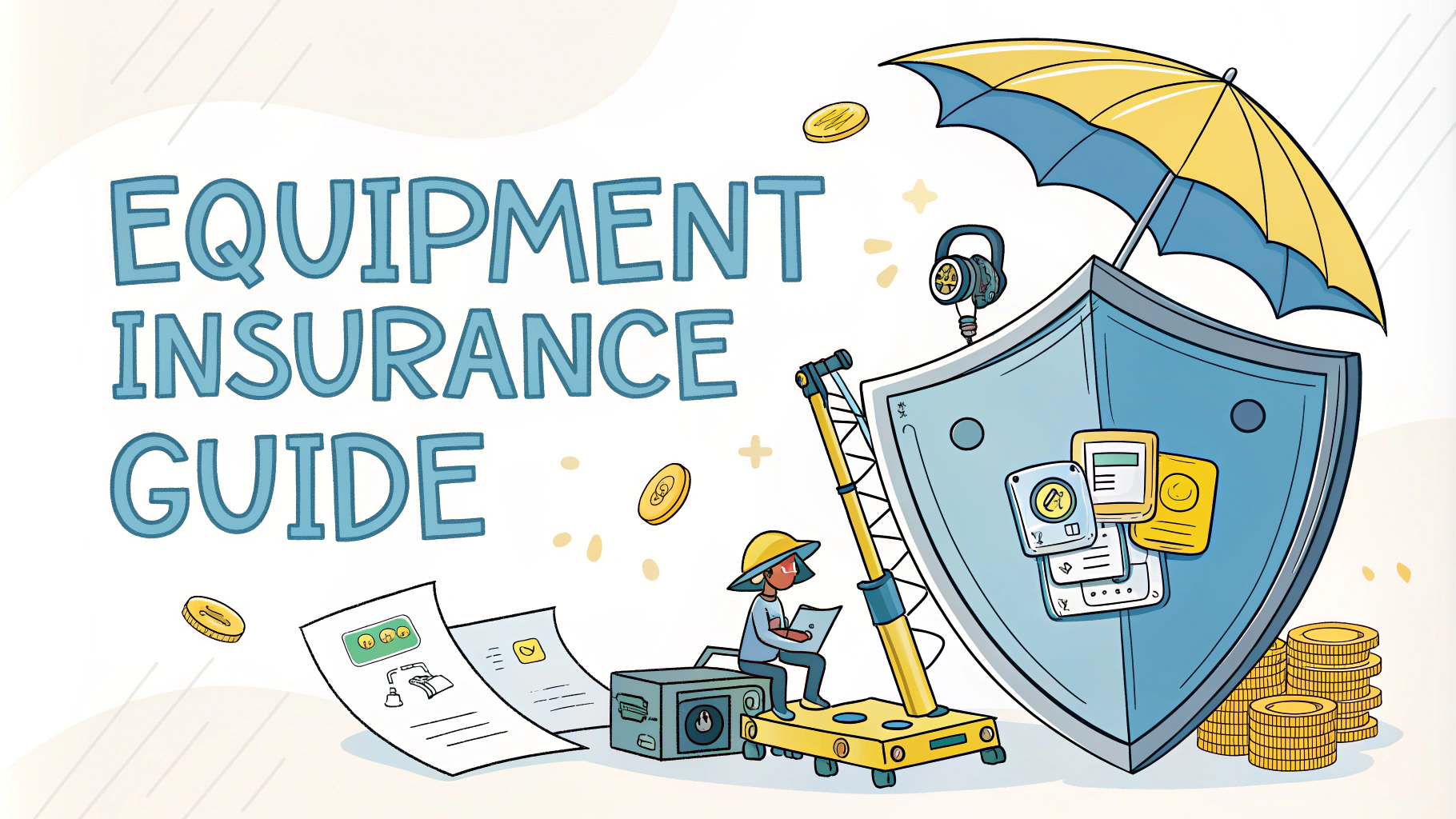Recording multiple podcast guests remotely requires thoughtful planning, reliable technology, and clear communication protocols.
Remote recording has become standard practice for podcasters who want to feature guests from different locations while maintaining professional audio quality.
This guide covers the essential tools, techniques, and best practices for capturing high-quality audio from multiple remote participants.
Choosing Your Recording Platform
Popular recording platforms like Zencastr, Riverside.fm, and SquadCast offer dedicated solutions for multi-guest podcast recording.
- Zencastr (zencastr.com) – Records each guest locally with automatic cloud backup
- Riverside.fm – Captures video and audio with progressive uploading
- SquadCast (squadcast.fm) – Features green room functionality and audio/video quality monitoring
Technical Setup Requirements
Each guest needs reliable internet with minimum 10Mbps upload/download speeds.
- Quality USB microphone or XLR setup
- Headphones (closed-back preferred)
- Updated browser (Chrome recommended)
- Quiet recording environment
Pre-Recording Checklist
- Schedule tech check 15 minutes before recording
- Send guests written setup instructions
- Test audio levels for each participant
- Ensure all guests use headphones
- Close unnecessary browser tabs and applications
- Have backup recording method ready
Managing Multiple Guests
Set clear speaking guidelines to prevent audio overlap and maintain conversation flow.
- Use hand signals for technical issues
- Establish clear speaker order
- Implement basic hand signals for “need to speak” or technical problems
- Keep guest count manageable (3-4 maximum recommended)
Recording Best Practices
- Record backup audio on each guest’s device
- Use visual cues to coordinate starts and stops
- Monitor audio meters throughout recording
- Keep session link handy for quick reconnection
- Save recordings immediately after completion
Troubleshooting Common Issues
| Issue | Solution |
|---|---|
| Audio Echo | Ensure all participants use headphones |
| Connection Drops | Have guests connect via ethernet if possible |
| Background Noise | Use noise suppression features or record in quiet spaces |
| Audio Drift | Use platforms with drift correction features |
Post-Recording Steps
- Download individual audio tracks immediately
- Create backup copies of all recordings
- Check all tracks for quality issues
- Sync tracks in your DAW (Digital Audio Workstation)
- Apply any necessary audio cleanup
Tools for Success
Consider these recommended tools for remote recording:
- Microphones: Blue Yeti ($129), Rode PodMic ($99)
- Headphones: Sony MDR-7506 ($99), Audio-Technica ATH-M50x ($149)
- DAW: Audacity (free), Hindenburg ($95), Adobe Audition ($20/month)
- Internet Speed Test: Speedtest.net (free)
Moving Forward with Remote Recording
Remote recording technology continues to improve, making it easier to produce professional-quality content with multiple guests.
Regular practice and familiarity with your chosen tools will lead to smoother recording sessions.
Keep updated with new platform features and industry best practices through podcast communities and forums.
Advanced Recording Techniques
Implement these advanced strategies to elevate your remote recording quality:
- Use audio processing plugins for real-time monitoring
- Set up virtual mix-minus configurations
- Create separate tracks for intro/outro segments
- Implement backup recording on local devices
Guest Preparation Guidelines
Help guests deliver their best performance with proper preparation:
- Send recording tips sheet one week prior
- Request guest bio and talking points
- Provide episode outline and time expectations
- Schedule brief orientation calls if needed
Emergency Backup Protocols
- Keep mobile hotspot ready for internet backup
- Maintain secondary recording device
- Save emergency contact information
- Document recovery procedures for common failures
Mastering Remote Production
Success in remote podcast recording comes from thorough preparation, reliable systems, and clear communication. Focus on:
- Regular equipment maintenance and updates
- Building strong relationships with recurring guests
- Documenting successful recording configurations
- Staying current with platform developments
Remember that each recording session provides learning opportunities to refine your process and improve future episodes.
FAQs
- What equipment do I need to record multiple remote podcast guests?
Each guest needs a good quality USB microphone or headset, stable internet connection, and a quiet recording environment. As host, you’ll need recording software like Zencastr, Squadcast, or Riverside.fm. - How can I ensure the best audio quality when recording remote guests?
Ask guests to use wired internet connections, wear headphones to prevent echo, record in quiet rooms, and use dedicated microphones instead of built-in laptop mics. - Which recording platforms are best for multiple remote guests?
Riverside.fm, Zencastr, and Squadcast are top choices as they record separate audio tracks locally, provide video options, and offer backup recording features. - How do I prevent audio sync issues with multiple remote guests?
Use platforms that record locally on each guest’s computer rather than over the internet, ensure all participants have stable internet connections, and avoid using video if bandwidth is limited. - What’s the maximum number of guests I can record simultaneously?
Most professional recording platforms support 4-8 guests, with Riverside.fm allowing up to 8 participants, and Zencastr supporting up to 10 in their professional plans. - How do I handle time zone differences when scheduling multiple remote guests?
Use scheduling tools like World Time Buddy or Every Time Zone to coordinate convenient times, and send calendar invites with correct time zones to all participants. - What backup recording methods should I use?
Ask guests to make local audio recordings using QuickTime or Audacity as backup, and use platforms that offer automatic cloud backup of recordings. - How do I edit multi-track recordings from remote guests?
Use DAW software like Adobe Audition, Logic Pro, or Audacity to edit individual tracks, apply noise reduction, and balance audio levels between different guests. - What should I do if a guest’s internet connection fails during recording?
Have backup recording options ready, use platforms with automatic reconnection features, and keep local recordings as safeguards against connection loss. - How can I prevent cross-talk with multiple remote guests?
Establish clear speaking protocols, use hand signals for queuing, and utilize software features like hand-raising or chat functions to manage conversation flow.
